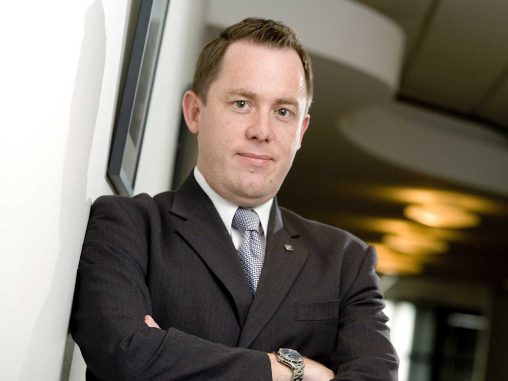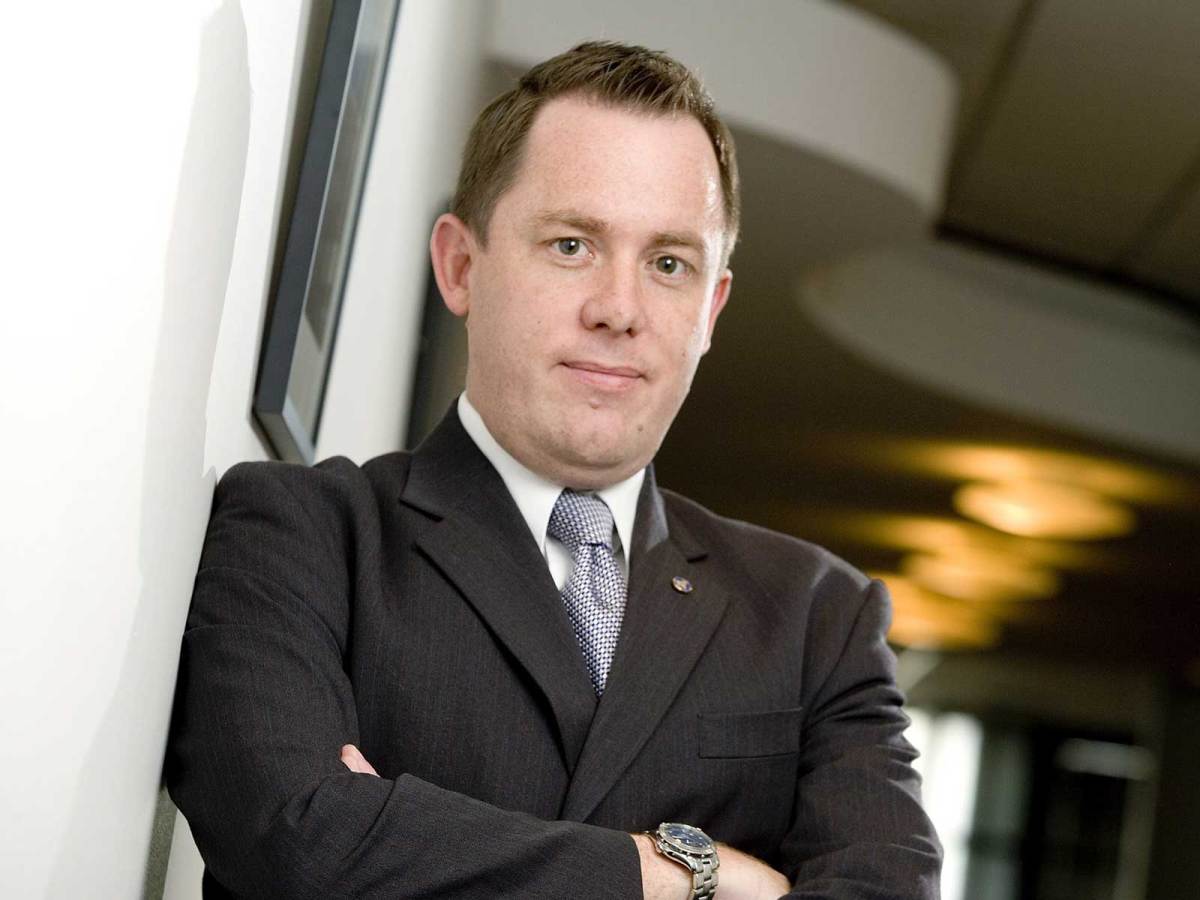
In June 2011, shortly before relocating to Sweden to head up Panasonic’s Nordic division, incoming Panasonic Australia MD Paul Reid spoke with Appliance Retailer about his career and plans for the future. For the first time online, here is that interview.
Paul Reid always had a dream to work overseas, but without an official expatriate program within Panasonic, a lot of internal initiative was required to secure a role at the other end of the globe, particularly as a non- Japanese senior company executive.
But with the support of the local managing director, Steve Rust, Reid has been appointed as the managing director of the Nordic Region countries: Finland, Norway, Iceland and Sweden.
For those that doubt the impact that Reid has had on the business, they only need to see that he has been replaced by the Consumer Leadership Team — three Panasonic staff with over 50 years of accumulated experience — Richard Tassone, Steve Sutherland and Grant Sforcina.
Reid describes his professional passions as creating a marketing culture as well as building high performing teams by developing the skills and careers of others, but it is developing his own career over the last 20 years that has been his most successful achievement.
Reid started in a cadetship as a management trainee at Grace Bros and became a consumer electronics department manager in various Sydney stores, before selling Duty Free gadgets on cruise ships and working as a sales rep in the rentals division for Thorn EMI.
In 1994, he joined Samsung as a sales executive in their small office in Rydalmere, mentored by Samsung general manager John McGuirk and national sales manager Mike Cacciola, and was then promoted to NSW state sales manager and later national sales manager. Among the important products released during Reid’s time at Samsung was the 68-centimetre ‘World’s Best TV’ launched in 1996 that sold for $3,500.
Reid claims this was the first product that was positioned justifiably at or above the leading Japanese brands in the market and was the beginning of Samsung’s significant local marketing story. While he fondly remembers the expertise displayed by the sales and marketing team at Samsung, Reid remains diplomatic is his comparison between it and Panasonic, describing both companies as having a “strong aspiration to leadership in the CE field and both have a focus on innovation and improving people’s lives”.
After carefully considering his move to Panasonic, Reid joined in late 2004 and he was later promoted to director in April 2006 to manage a sales and marketing team of 70 employees.
Among his highlights at Panasonic, Reid counts the plasma marketing strategy which has educated the benefits of the technology over LCD TV and the development of the Lumix brand from single digit share to become one of the most recognised digital camera brands on the market by focusing on quality and a consistent marketing investment.
Reid has some important warnings for suppliers who believe there is still substantial growth in the TV market.
“Suppliers need to carefully consider their objectives,” he said. “Sales of 3 million units is not sustainable on an ongoing basis with only 8 million households. Anyone targeting more than 3 million units will drive market deflation. Every supplier and retailer needs to make their own assessment of the TV market and focus on profitability in the category.”
One of the solutions Reid suggests is a mixed channel strategy driven by consumer shopping behaviour.
“Consumer behaviour is changing and Panasonic products should be available where they like to shop and where consumers expect to find them. In the past, they have expected to find them in key retail stores, but moving forward suppliers need to consider their distribution strategy.
“The market is more competitive now than it has ever been. The level of competition is extremely fierce. What we are seeing is unsustainable and something will have to give.”
Reid said he has worked hard to build collaborative relationships with retail partners and hopes that he is leaving those relationships in a stronger position than when he joined.
“We are nothing without our retailers. In my mind, the fundamental relationships between suppliers and retailers was adversarial, but these days, it is very much a collaborative partnership where we are working together for mutual benefit.
“Suppliers have come to realise they need strong key retailer relationships, and retailers have come to rely on brands.”
His final comment is also a hopeful one: “I would love to see retailers able to develop strong enough businesses to really invest in a better consumer experience and in order to do that they need to be profitable first.”
It will be interesting to see if his dream comes true when Reid eventually returns to Australia.
Paul Reid was interviewed by former Appliance Retailer managing editor James Wells.

